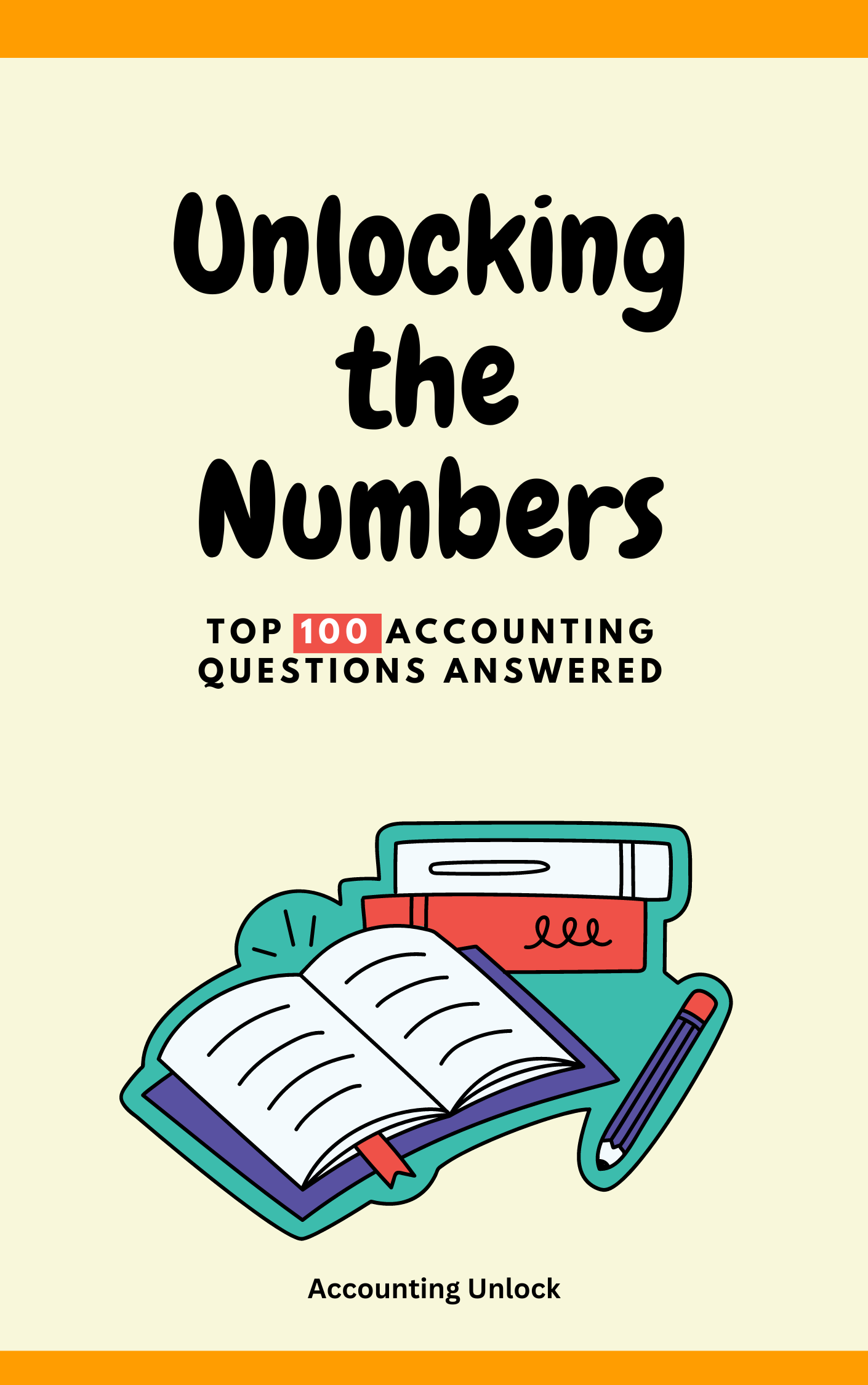Hey there, financial explorers! Ever felt like time flies faster than a runaway shopping cart full of cookies? That’s kind of like a “calendar year,” it’s the financial map that guides us through 365 days of adventures (some filled with delicious cookies, hopefully!).
Imagine you run a smoothie stand with the juiciest blends in town. You track your income and expenses throughout the year, like marking your progress on a giant banana-shaped calendar. This calendar, my friends, is your “calendar year” – the whole, big picture of your financial journey from January to December.
Here’s how it works:
- January 1st, adventure begins! The calendar year starts on January 1st and runs till December 31st, like flipping the first page of your financial story.
- Blending and counting: Every day, you track how many smoothies you sell and how much you spend on fruit, ice, and those funky straws. This is like filling in the pages of your financial calendar with juicy details.
- Year-end grand finale: At the end of the year, you add up all your income and expenses from the calendar, like reaching the last page of your financial story. This gives you a snapshot of how your smoothie stand did over the whole year.
Calendar years aren’t just for smoothie stands, they’re used by everyone and everything!
Real-world examples:
- Schools have academic calendar years, marking your journey from summer break to graduation.
- Companies use calendar years for their financial reports, telling everyone how they did from January to December.
- Even governments track their finances by calendar years, keeping tabs on everything from taxes to banana imports (hopefully not for smoothies!).
Accounting treatment:
Most businesses report their financial results using calendar years. This means their income statements and balance sheets reflect all their activity for the entire year, from January 1st to December 31st. This helps keep everything organized and comparable year after year, like comparing different chapters of your financial story.
Key points about calendar year:
- A period of 12 months from January 1st to December 31st.
- Commonly used for financial reporting and record-keeping.
- Helps track progress and compare results over time.
Remember, the calendar year is like your financial compass, guiding you through the ups and downs of your money adventures. So keep exploring, young financial explorers, and use your calendar year knowledge to navigate the world of time and finance with confidence!





